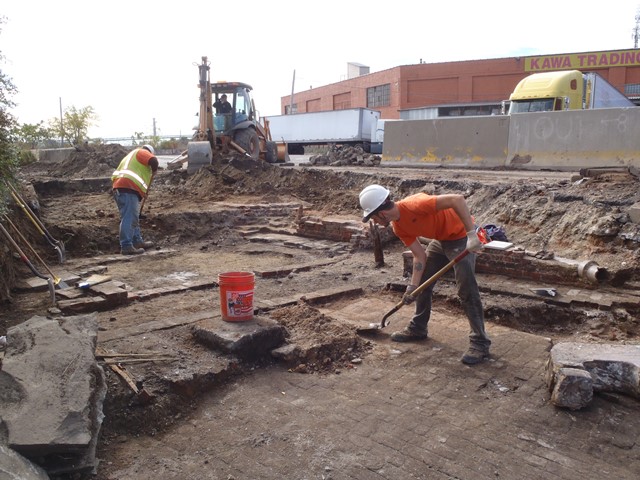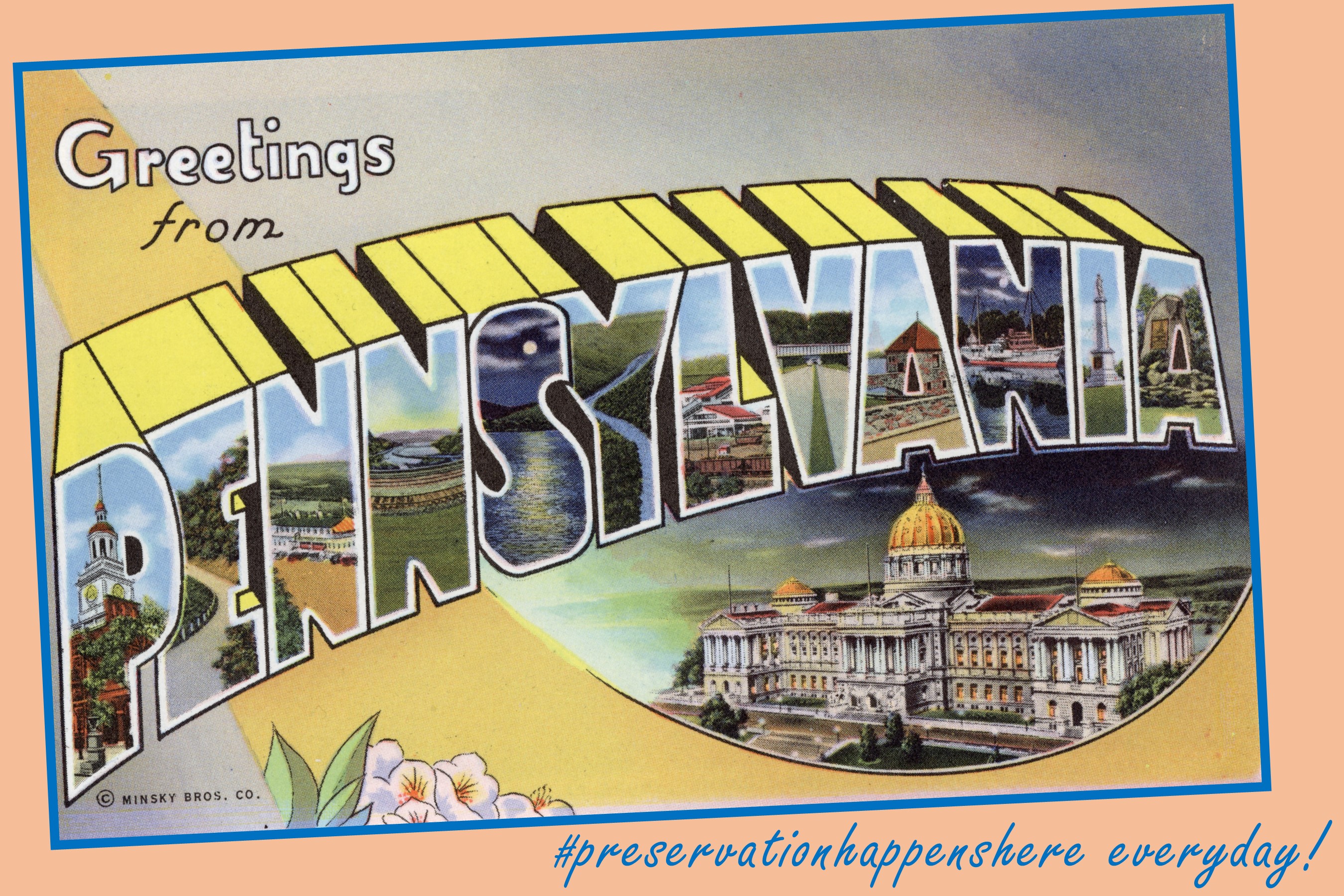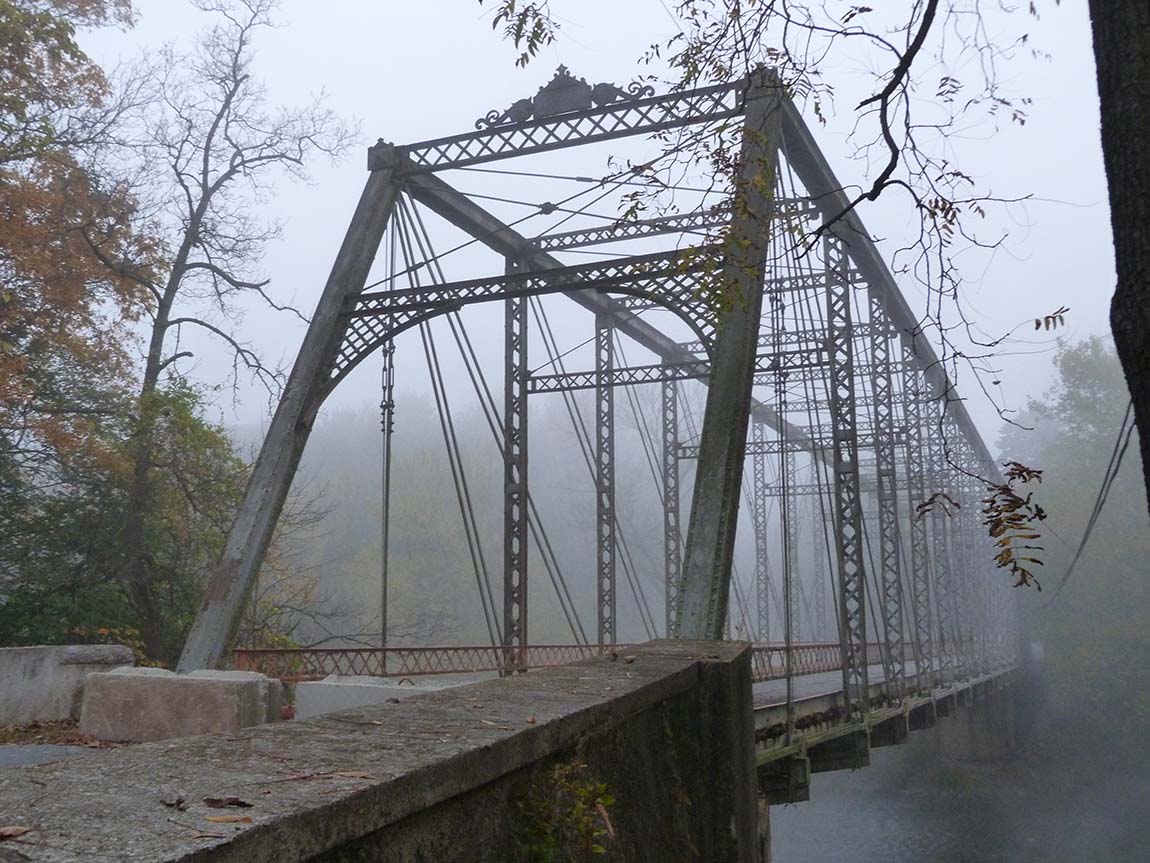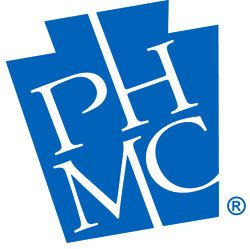One of the many roles for all State Historic Preservation Offices (SHPOs), including Pennsylvania’s, outlined in the National Historic Preservation Act (NHPA) is to advise, assist, and consult on the review of federally assisted projects that have the potential to affect historic properties. This is known as the Section 106 Review Process. Continue reading
Category: Pennsylvania History Code (Page 2 of 3)

Archaeology for the People and by the… PennDOT?
Yep, you’re reading that right: the Pennsylvania Department of Transportation (PennDOT) does archaeology! Continue reading
July 2nd is the day we start doing things a little bit differently here at the PA SHPO: online data entry and required project review forms!

Here is what we first announced in our April 4, 2018 blog:
Electronic, aka online, data entry is one of the ways in which we are changing how we do business in order to prepare for PA-SHARE, our new enterprise-wide, spatially enabled, cultural resource information system that is expected to be live by December 2019.
As part of our efforts to “model the work” in advance of PA-SHARE, effective July 2, 2018, submitters will be required to electronically enter resources into CRGIS for all Above Ground Environmental Review submissions that have the potential to affect ten (10) or more newly identified historic resources. A few things to note with this:
- Currently, submitters with large scale surveys (ten or more historic resources) as part of their projects are strongly encouraged to use the online data entry. After July 2, this will be required and paper forms and reports will not be accepted.
- Submitters sending in projects with fewer than ten (10) newly identified historic resources are strongly encouraged to use the CRGIS online data entry but will not be required to do so.
- This process cannot be used for additional information requests or previously identified resources.
Also, the Interim Guidelines for Above Ground Environmental Review are now published and available for you to use!
As we move toward PA-SHARE, these interim guidelines are intended to supplement Chapter 6. Compliance Investigations and Chapter 7. Report Standards of the Guidelines for Architectural Investigations in Pennsylvania, 2014. They should also be used in conjunction with any other relevant guidelines, including but not limited to Survey Guidelines for Pipeline Projects Above Ground Resources, June 2013 and Guidelines for Projects with Potential Visual Effects, September 2014.
The interim guidelines focus specifically on Project Initiation, Identification, and Evaluation efforts and associated reporting procedures, including a sample Identification report for review. In addition as part of these efforts, the Project Review Form has been updated so please replace those outdated versions!
The Pennsylvania State Historic Preservation Office (PA SHPO) is happy to announce the opening of a new Preservation Services ITQ contract for future consulting opportunities with the PA SHPO. We are inviting consultants to pre-qualify and be notified of upcoming bids for the exciting work we do.
Continue readingAt the beginning of May, I promised we’d provide a recap of the #31for31 social media campaign to celebrate Preservation Month across Pennsylvania. If you missed a post on our Facebook page or in our Twitter feed, no worries! You can see it, and the rest of the month’s content, right here. Don’t miss the big announcement covered in the May 31st post! Continue reading

Add this to your summer reading list! #preservationhappenshere – PA’s Statewide Preservation Plan – is ready for you
Picture yourself – lounging poolside, lakeside, or on the beach – with your tablet or smart phone (or even good old-fashioned paper) enjoying the hottest summer publication that hasn’t yet made the New York Times bestseller list: #preservationhappenshere, Pennsylvania’s next statewide historic preservation plan. Continue reading
It may be the time of year when we all joke around and partake in fun pranks to celebrate April Fools Day, but we’re not joking when we say that your life is about to get easier. Why? Electronic submissions and online data entry! Continue reading
PA SHPO has released an updated 2017 version of the Guidelines for Archaeological Investigation in Pennsylvania. Continue reading

Bridge to the Past: PennDOT’s Historic Metal Truss Bridge Management Plan
In June 2016, I was hired as the Transportation Special Initiatives Coordinator in the Pennsylvania State Historic Preservation Office (SHPO). This new position was created through a special funding agreement with the Pennsylvania Department of Transportation (PennDOT) and was developed to assist them in marketing the state’s historic metal truss bridges. My position has evolved over the last 9 months and I see my purpose as helping both PennDOT and the SHPO preserve the remaining population of historic metal truss bridges by either marketing them for an adaptive reuse at a new location or helping to develop and implement a management plan to rehabilitate these bridges as part of the transportation system. Continue reading
In May of 2015, Governor Tom Wolf appointed 48 people to serve on the newly-created Governor’s Pipeline Infrastructure Task Force, which was charged with creating a set of recommendations for responsibly guiding the extraction and transportation of natural gas in Pennsylvania. The purpose of the recommendations was to suggest best practices that would avoid or lessen environmental, community and cultural resources impacts and address safety issues. Below is the who, what, when, where, and how of this task force, the PA SHPO’s role, and the group’s accomplishments.



Recent Comments